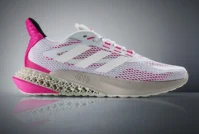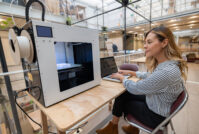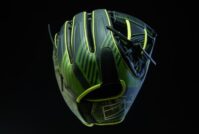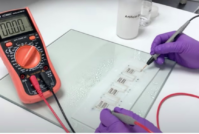look what we did!
Category: Architecture, Athletics, Electronics, Environment, Innovation BondsPolyurethane Stories That Made Headlines in 2019

Polyurethane Modular Homes
At the beginning of the Atlantic hurricane season, Astrid Diaz, a Puerto Rico-based architect, announced her plans for a new polyurethane-based modular home. Her designs consist of polyurethane foam walls and a roof, reinforced with a steel frame, then covered with mortar. The homes — which can withstand winds of up to 184 miles per hour — blend in well with the existing architecture of similar structures that populate the island where there was a need for an estimated 75,000 homes in the wake of Hurricane Maria.
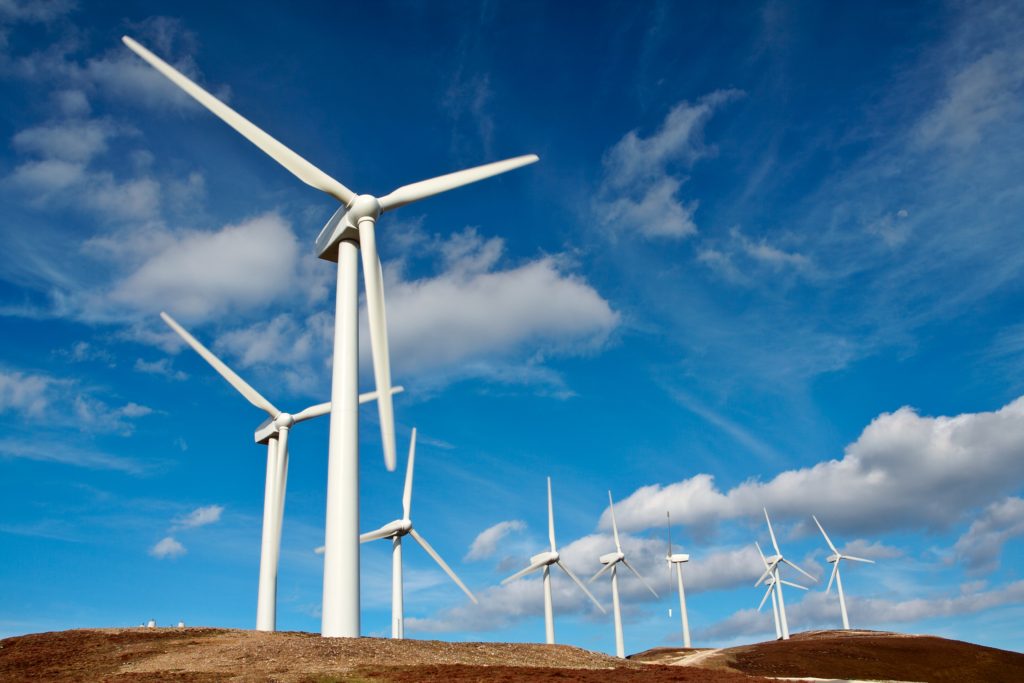
World’s Longest Polyurethane Wind Turbine
In spring, engineers in the city of Zhuzhou in the Hunan province of China have announced the completion of a 13.7-ton 59.5-meter-long wind turbine blade — reported to be the world’s largest made from polyurethane. The manufacturer says polyurethane has better mechanical performance and higher fatigue resistance than competing materials. Today, China is the largest producer of wind turbines in the world.
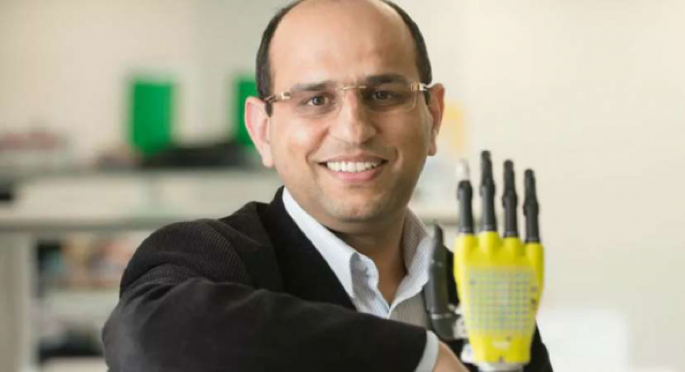
Polyurethane Supercapacitors Power Prosthetics
This summer, engineers at the University of Glasgow announced the creation of a new kind of solar-powered polyurethane supercapacitor used to power motorized prosthetic limbs capable of grasping, pointing and even holding objects. The flexible supercapacitor acts as a skin for the prosthetic, sitting on the outside of the device. The supercapacitor was faster-charging than a battery and resisted becoming hot. The supercapacitors could have even more extensive applications, pointing to a more sustainable solution than traditional batteries.
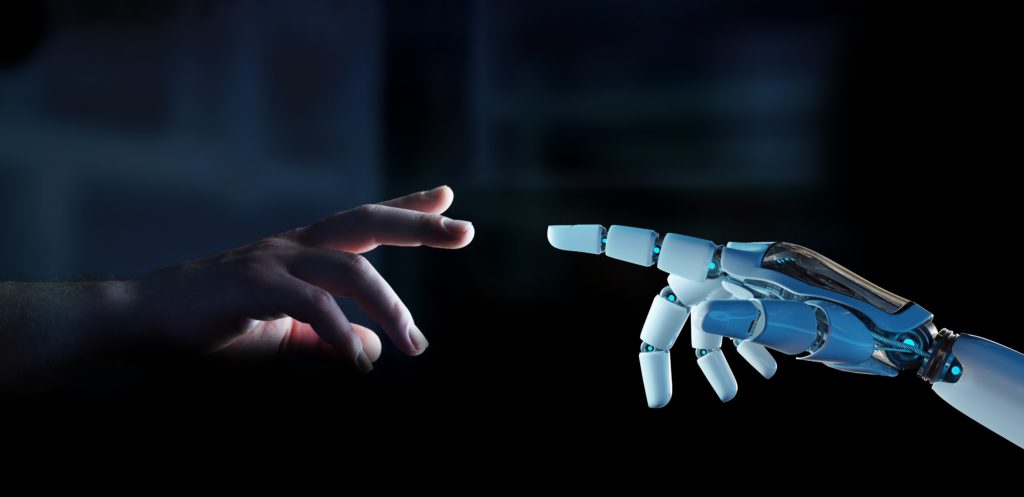
A Polyurethane Nervous System for Robots
In fall, researchers at Cornell University announced the creation of a 3D printed polyurethane webbing they refer to as an “optical lace” — meant to give robots better sensory perception. The webbing — outfitted with sensors — goes on the outside of the robot, like a kind of skin. Based on input from the sensors, the robot can quickly adjust itself to avoid accidents or act with more precision if there are hazards in its environment. The new polyurethane nervous systems could give soft robots a faster reaction time, helping them to have more dexterity and a safer, gentler touch.
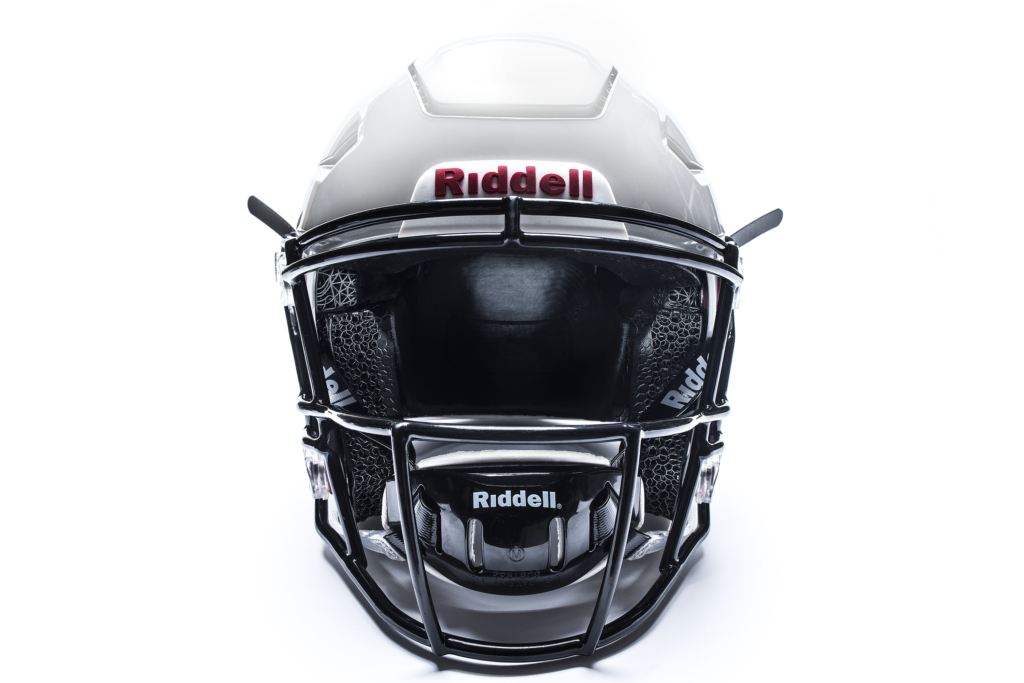
3D-Printed Football Helmet Liners
Finally, in October, the Polyurethane Innovation Award was won by Carbon 3D, a digital manufacturing platform, for pioneering a new kind of football helmet liner designed to help absorb impacts. Marking a first for football helmet technology, Carbon partnered with Riddell to create the first ever digitally printed liner for use in helmets. The liner, constructed from a series of 3D-printed polyurethane lattice structures, is designed using a highly dampening elastomer that is custom-made to go around a player’s head.







